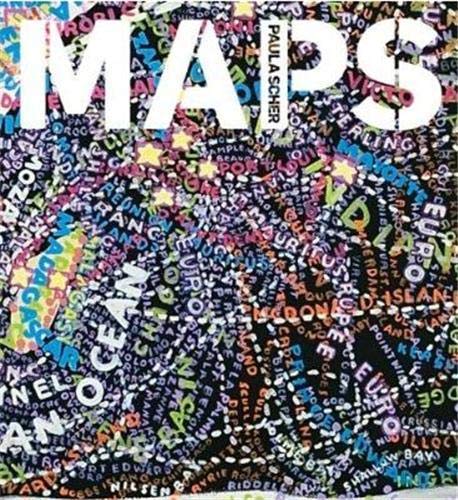Subway Map
Artist: Massimo Vignelli
When New York’s independently managed subway lines came under centralized governmental control in 1953, it became clear that the perplexing experience of navigating the vast network needed to be addressed. This subway map was an attempt to simplify an earlier three-color
version that was geographically accurate but visually confusing. It emerged from a more general, system-wide graphic identity that the city’s Transit Authority had invited Vignelli and his team at the New York office of the design firm Unimark International to create in 1967, on the recommendation of MoMA curator Mildred Constantine. The resulting Graphics Standards Manual, released in 1970, called for station signage to be rendered in a highly legible sans-serif typeface using a simple palette of bright colors and black and white.
For the map, Vignelli, with Charysyn as lead designer, eliminated winding train lines and topographical references in favor of a rectilinear format with forty-five- and ninety-degree angles. Each stop on the brightly colored lines is indicated by a simple dot, with pale, neutral colors and white showing waterways and landmasses in the background. Initially panned by New Yorkers—
it was replaced in 1979 by a more familiar topographic approach—today the map is widely admired. It resurfaced in 2012 in an app for tracking maintenance work, and in more recent years it has been used in printed service-change announcements.
Source: https://www.moma.org/collection/works/89300
In August 1972 a new map of the New York subway system based on “abstract simplicity” appeared on the walls of New York subway stations. The map, designed by Massimo and Lella Vignelli, became a landmark in Modernist information design. For example, all of the lines bend only at 45 or 90 degrees. Every line has a color. Every stop is designated with a black dot, the corresponding negative of the colored circular signs on the actual platform.
“The map was put together in the Unimark Office by Joan Charysyn under Vignelli’s design direction. In April 1971, Vignelli left Unimark to set up Vignelli Associates. By this time, the map was almost complete, but was subject to corrections and modifications requested by Raleigh D’Adamo, who was now Head of the Office of Inspection and Review at the MTA. These changes were carried out by Charysyn, who also oversaw the printing of the map. Unimark’s liaison with the MTA during this project was handled by Norbert Oehler. The map was unveiled by Ronan on August 4, 1972 at a ceremony in the station at 57th Street and Sixth Avenue.
“After the mechanical for the map was handed over in 1972, Vignelli had no further control over the map. Six further editions were produced from 1973 to 1978, with extensive changes. In 1974, William Ronan was replaced by David Yunich as chairman of the MTA. Yunich was formerly an executive at Macy’s department store, and brought an explicit intention to ‘sell’ the subway to riders. He recruited Fred Wilkinson from Macy’s who formed the Subway Map Committee in 1975 to design a new map to replace Vignelli’s. The next year John Tauranac was made chair of the committee, which concluded in June 1979 with a geographic map using a trunk-based color scheme designed by Michael Herz Associates. The Vignelli map was replaced by a newer design, which is still used” (Wikipedia article on Massimo Vignelli, accessed 11-2021).
Source: https://www.historyofinformation.com/detail.php?id=5618


